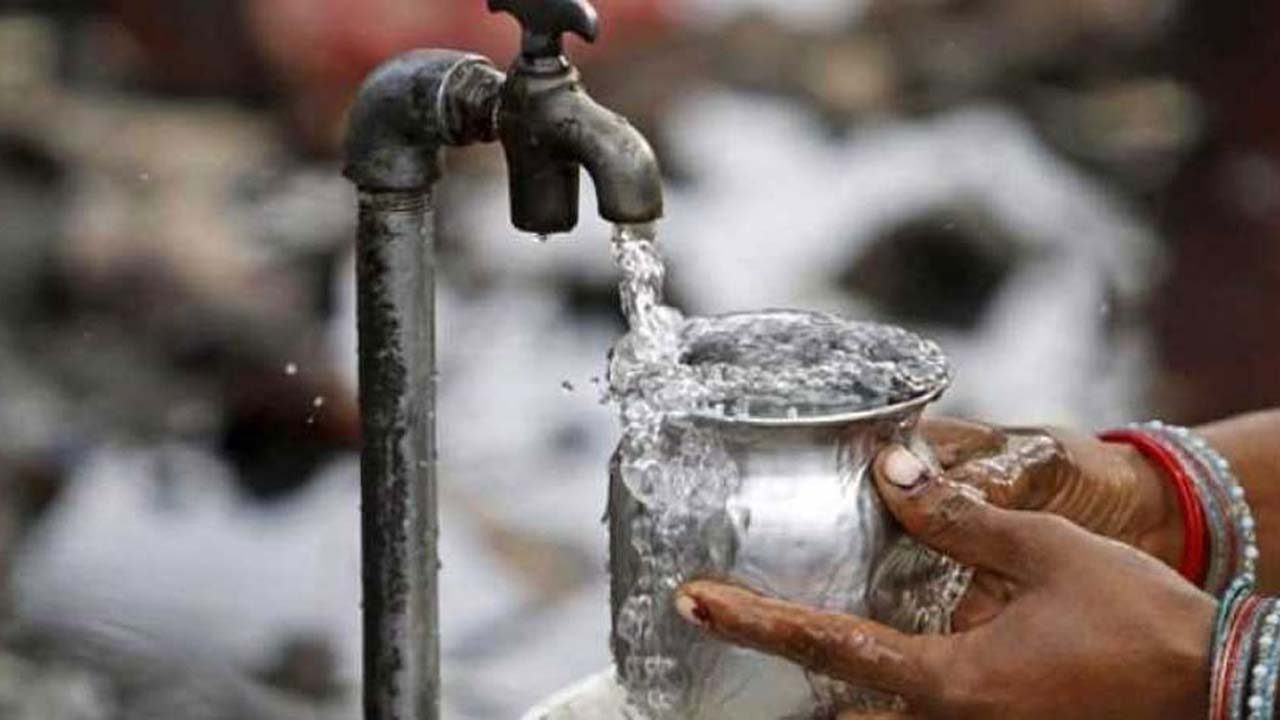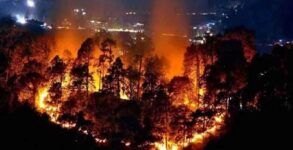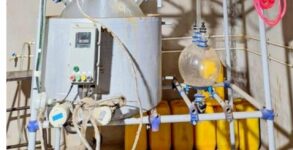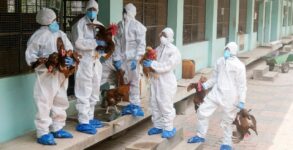People affected by Odisha floods said they were facing an acute shortage of potable water and many were forced to drink floodwater after boiling it, while others feared consumption of it may cause water-borne diseases.
The government, on the other hand, said it was sending water tankers to the flood-hit areas but those affected said the vehicles were not able to reach them as roads have been inundated in the deluge.
Though the water levels in major rivers have come down, 75 more villages came under the grip of the deluge.
A total of 6.24 lakh people have been affected in 11 districts, according to an official report on Sunday.
The affected people have taken shelter in nearby schools which are surrounded by floodwaters. ”My house and tube wells in our area remain submerged in floodwaters. We do not have access to potable drinking water. We are boiling floodwater and drinking it,” said 68-year-old Kalandi Barik of Santhapada village in Rajnagar block of Kendrapara district. Like Barik, many other affected people are facing similar woes in the Manahandi delta region comprising Kendrapara, Jagatsinghpur, Puri and Khurda districts. Senior Congress leader Ganeswar Behera, who has visited several areas in the flood-hit region, said that the affected people are facing many problems, and shortage of drinking water was among the biggest of those.
”They are afraid of consuming floodwater fearing outbreak of water-borne diseases following the deluge,” he said.
Meanwhile, a senior health official here said that the Rural Water Supply and Sanitation (RWSS) Department has been instructed to supply medicines to the flood affected people. Kendrapara District Sub Collector Niranjan Behera said water tankers are being sent to the affected areas.
However, the affected people said that the tankers are not able to reach them as they are surrounded by floodwaters. Meanwhile, the Special Relief Commissioner’s (SRC) office said that 75 more villages have been inundated by floodwaters, taking the total number of affected villages to 1,973 on Sunday. The number of urban areas hit by the flood remained unchanged at 26.
The SRC’s office said in a report that the number of people reeling under the deluge has gone up from 5.73 lakh on Saturday to 6.24 lakh on Sunday.
The government has opened seven more free kitchens to feed 912 more people who were evacuated since Saturday, an official said.
Hirakud Dam authorities, meanwhile, have released excess water downstream of Mahanadi by opening 20 sluice gates.
The water level at the Hirakud Dam’s reservoir remained at 621 feet on Monday against the full reservoir level of 630 feet.
”As the volume of inflow of water has reduced, we hope to maintain our target level. There has been no heavy rain in the upstream of Mahanadi. Therefore, the flood situation is stable and there is no threat for the next three days,” said engineer-in-chief of the Water Resources Department, Bhakta Ranjan Mohanty.
Around 3 lakh cusecs of water is now flowing at Mundali near Cuttack.


















